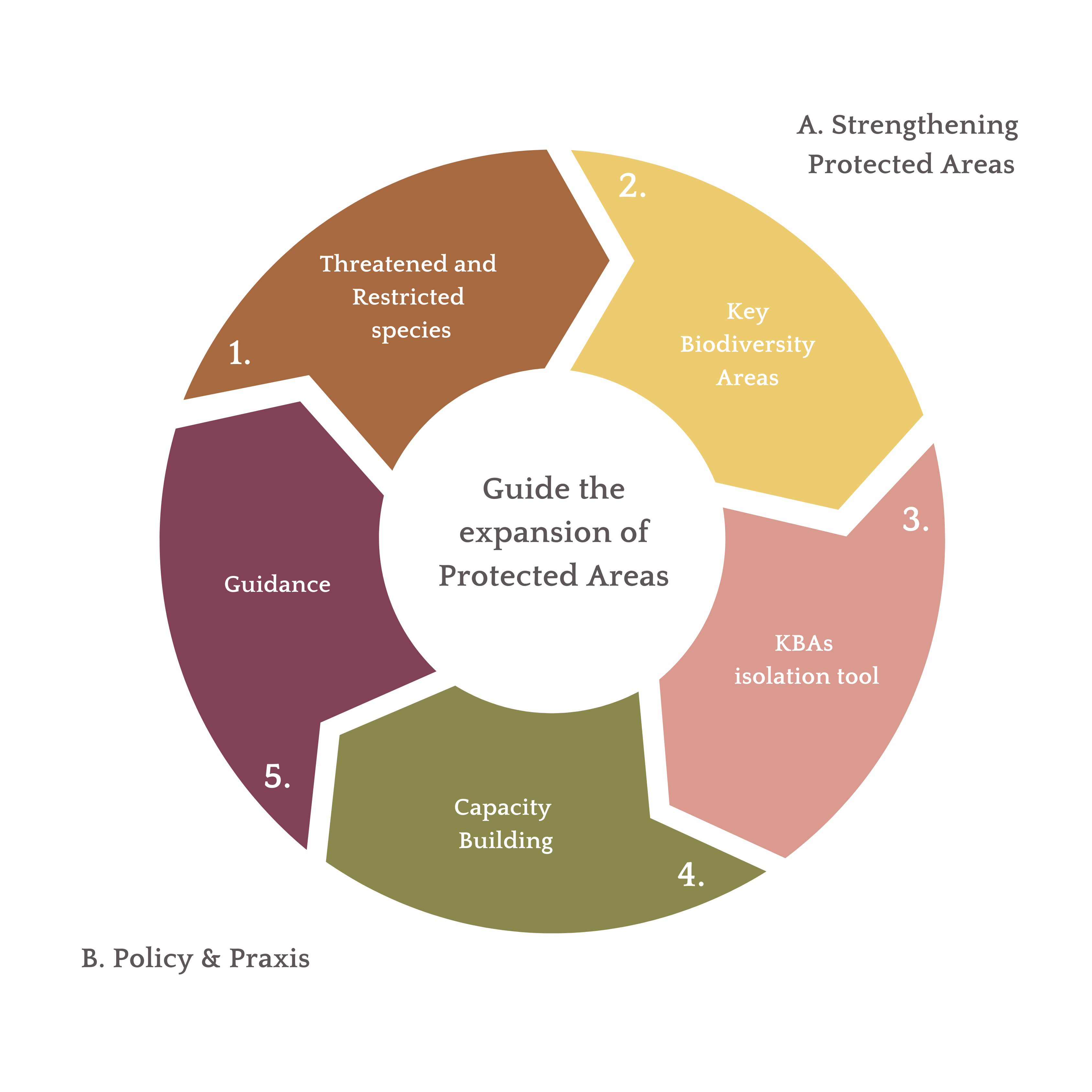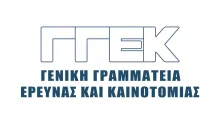About
About

GaP “Guiding expansion of protection under the EU Biodiversity Strategy: Threatened species and novel methods for Key Biodiversity Area identification” is a network of universities, research institutes, NGOs and the KBA Secretariat that aims at A) strengthening the EU protected area network by identifying priority areas for safeguarding global and EU biodiversity, and B) influencing Conservation Policy in the EU by building capacity for KBA identification in EU countries and providing guidance for the expansion of the protected area network under the EU Biodiversity Strategy for 2030.
To strengthen the EU protected area network, we identify priority areas through two key analyses: i. a gap analysis of threatened and restricted-range species in the protected areas of the EU, and ii. a KBA scoping analysis using multiple taxonomic groups, including vertebrates, invertebrates, and plants. We build capacity on KBAs through i. the establishment of KBA National Coordination Groups – committees responsible for coordinating the identification, formal proposal and monitoring of KBAs in a country - in Greece, Italy, Spain, Germany and Denmark, and ii. national training and workshops on KBAs. Last but not least, we intend to influence conservation policy and support the fulfilment of the 30% target of the EU Biodiversity Strategy for 2030, by producing a publicly available report with guidance on the expansion of the EU’s protected area network.
GaP is funded by Biodiversa+, the European Biodiversity Partnership under the 2021-2022 BiodivProtect joint call for research proposals, co-funded by the European Commission (GA N°101052342) and with the funding organisations General Secretariat for Research and Innovation of Greece, Ministry of Universities and Research of Italy, Deutsche Forschungsgemeinschaft e.V., VDI/VDE Innovation + Technik GmbH on behalf of BMBF, Agencia Estatal de Investigación and Innovation Fund Denmark.
MAIN OBJECTIVES
- Identify threatened and restricted range species that are not covered by the protected area network in the EU.
- Develop and test the application of the genetic distinctiveness assessment parameter to identify KBAs.
- Apply KBA Criterion E (on complementarity for underrepresented biodiversity elements) for the first time to identify irreplaceable sites.
- Scope KBAs across the EU countries.
- Develop a KBA isolation assessment tool to guide investment in conservation efforts.
- Establish KBA National Coordination Groups in the countries of the consortium and identify and propose new KBAs.
- Provide guidance for the protected area network expansion in the EU.










